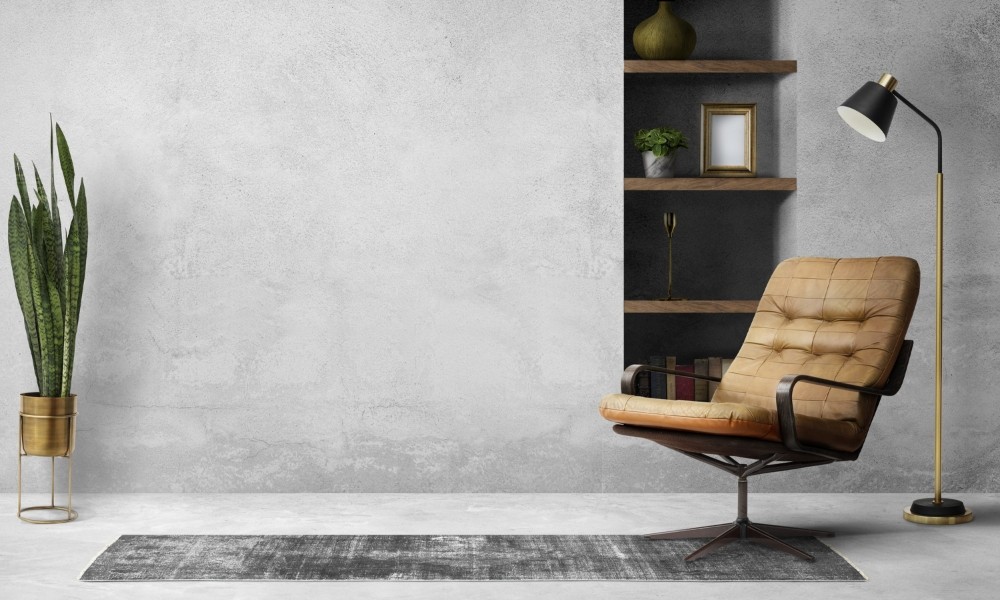In recent years, interior design trends have seen a growing emphasis on bringing the outdoors inside. Gone are the days of rigidly defined boundaries between indoor and outdoor spaces. Instead, designers are now exploring the fusion of these elements to create unique and inviting interior spaces that blur the lines between inside and outside.
Bringing in Natural Light
One way to seamlessly blend indoor and outdoor elements is by incorporating natural light into interior spaces. Large windows, skylights, and glass doors are popular choices for maximizing the amount of sunlight that floods into a room. This not only creates a bright and airy atmosphere but also provides a visual connection to the outdoor environment.
Biophilic Design
Biophilic design is another approach that aims to merge indoor and outdoor elements in interior spaces. It involves incorporating natural materials, greenery, and organic shapes into the design scheme. Living walls, indoor plants, and natural textures like wood and stone can help create a harmonious connection to the outdoors, evoking a sense of calmness and tranquility.
Open Floor Plans
Open floor plans have become increasingly popular as they allow for a seamless flow between indoor and outdoor spaces. Removing walls and barriers creates a sense of continuity, making it easier to transition from the interior to the exterior. This design concept is particularly effective in homes with spacious gardens or beautiful landscapes, as it blurs the boundaries between the two areas.
Indoor-Outdoor Living Spaces

Creating indoor-outdoor living spaces is another way to merge the indoors and outdoors. This can be achieved through the use of patio doors, sliding glass walls, or even retractable roofs. These features allow for easy access and a fluid transition between the interior and exterior, enabling homeowners to enjoy the best of both worlds.
Outdoor-Inspired Interior D cor
Bringing outdoor-inspired elements into the interior d cor is a fantastic way to fuse the two spaces. Natural color palettes, earthy tones, and patterns inspired by nature can create a cohesive design scheme that connects the indoors to the outdoors. Incorporating elements like pebbles, shells, or driftwood into decorative accents or furniture can further enhance the fusion of the two environments.
The fusion of indoor and outdoor elements in interior spaces is a design trend that continues to gain popularity. By incorporating natural light, biophilic design, open floor plans, indoor-outdoor living spaces, and outdoor-inspired interior d cor, designers are successfully blurring the boundaries between the inside and outside. This design approach not only creates visually stunning spaces but also connects individuals to nature, promoting a sense of well-being and harmony.




